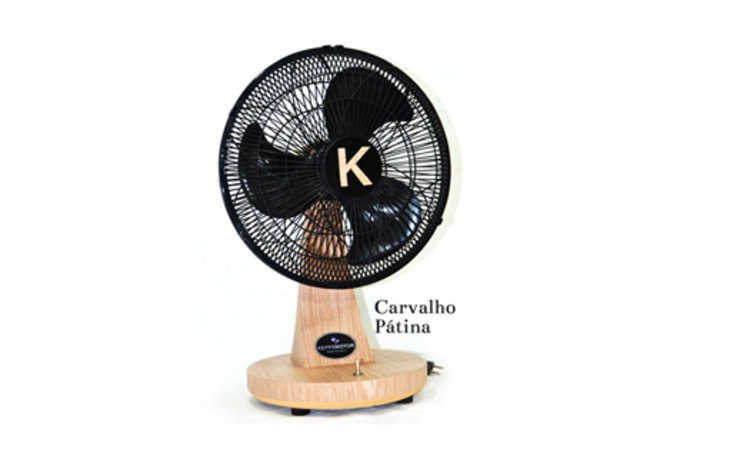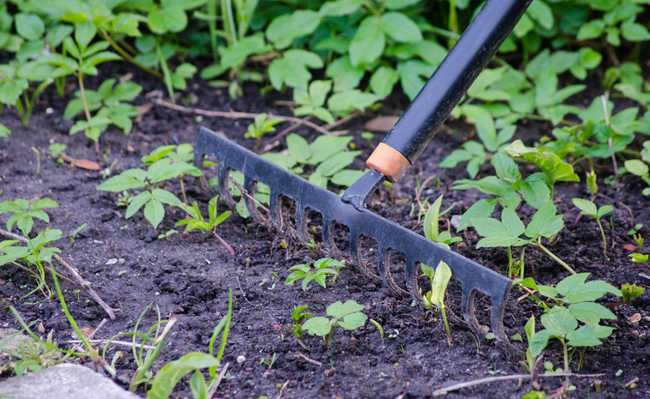Moringa: plant purifies water and fights hunger
Because it has several benefits, moringa is known as a "miracle plant"

feraugustodesign image by Pixabay
Moringa, also called white wattle, is a medicinal plant that has a large amount of vitamins and minerals in its composition, substances capable of providing antioxidant and anti-inflammatory effects. For this reason, moringa came to be widely used to treat anxiety, some respiratory diseases and weight loss. In addition, scientists believe that the plant is resistant to adversities caused by climate change and mega nutritious.
In Brazil, moringa is mostly found in the north of the country, but even so few Brazilians know the plant. The vegetable originates from Asia and Africa and grows in semi-arid tropical and subtropical areas. But after all, what is the moringa for?
The plant brings a series of benefits, both for health and nutrition, as well as for the economy and the environment. If every family that inhabits the tropics had a moringa tree planted in their backyard, there would be less hunger and malnutrition in the world.
In the universe of the so-called "superfoods", moringa has gained prominence. There are thirteen varieties of the plant, which belongs to the family Moringaceae - the most common are the moringa oleifera and the stenopetala moringa. The moringa tree grows very fast and can reach up to 12 meters in height. The plant also adapts well in regions with difficult plant proliferation, such as hot and dry places.
- Moringa oleifera has incredible benefits
Furthermore, food supplies basic needs, provides energy and keeps bodies nourished. In Africa and the Philippines, many families plant a moringa tree in their backyards to ensure use for their own consumption. All parts of the plant are usable. Leaves, green pods, flowers and seeds have rich food value, and all parts of the plant, including roots, have medicinal uses.
Nutrients present in moringa
What most surprises researchers is the richness of moringa in relation to the amount of nutrients. It not only has a wide variety of antioxidants, proteins, vitamins and minerals, it also has them in high concentration. The plant has seven times as much vitamin C as oranges, four times as much vitamin A as carrots, twice as much protein as yogurt, four times as much calcium as cow's milk, three times as much iron as spinach, and three times as much potassium than bananas. In addition, the vegetable has all the essential amino acids that our bodies do not produce. For this reason, the moringa is considered the “miraculous tree”.
In Ethiopia, the most common species of moringa is the stenopetal, which is widely planted on the slopes of the mountains in Konso and around the houses and thatched huts of the inhabitants. The plant guarantees a minimum of nutritious elements for the local population, especially for children.
Its leaves have a slightly spicy flavor, similar to watercress. They can be consumed in a variety of ways, such as raw in salads or cooked in soups. A very popular dish in Indonesia and East Timor is made with its flowers fried in coconut oil and then dipped in coconut milk. The delicacy is called makansufa and is eaten with rice or corn.
Its flowers are also often used in salads and in the preparation of moringa tea. Its green pods have a flavor similar to chickpeas and can be eaten cooked. When the plant is young and has an average of 30 cm, its roots have a nutritional reserve, which means that they can be consumed in salads or stir-fries. However, after this period, the roots dry out and can no longer be ingested. Also, the oil extracted from its seeds can be used in several recipes.
The absorption of nutrients depends a lot on the way the vegetable is prepared. By boiling it for long periods and discarding the cooking broth, many nutritionally critical vitamins are wasted. An efficient way to consume the plant is by drying its leaves and turning them into a matcha-like powder, so that its nutrients are conserved.
In southwestern Senegal, from 1997 to 1998, researchers taught the recipe to local clinics, doctors and nurses to save children, pregnant or nursing women from death from malnutrition. Mothers were instructed to ingest this powder at meals to produce more milk during the breastfeeding period.
Its use as a dietary supplement is expanding and moringa powder has been marketed to supplement a possible lack of vitamins and proteins. In addition to the powdered format, which can be added to various recipes, there is also a capsule version.
Medicinal properties of moringa
Moringa is one of the most used plants in traditional Ayurvedic medicine. According to this current, the plant helps in the treatment and prevention of 300 diseases. Among the vaunted properties, some were recently verified by the scientific community. Studies show that the plant is a potential larvicide and repellent of Anopheles stephensi mosquitoes, the vector of malaria, and of the Aedes aegypit, which transmits dengue. Furthermore, research also shows that a plant compound is an inhibitor of leishmaniasis.
Another study demonstrated that hot water infusions from flowers, leaves, roots, seeds and stalks or moringa bark have antispasmodic, anti-inflammatory and diuretic activities. The plant is also identified as antipyretic, antiepileptic, anti-inflammatory, antiulcer, antihypertensive, antitumor, cholesterol lowering, antioxidant, antidiabetic, antibacterial and antifungal.
In traditional medicine, moringa flower juice is used to improve human lactation and the tea from its leaves is indicated for colds and infections. Fresh flowers are recommended to fight anemia, gastric ulcers and diarrhea.
Different uses of moringa
In addition to the different uses presented above, moringa has other potentialities that have been studied. The oil from its seed, for example, has industrial importance and is used to lubricate machinery, used in cosmetics and used as a biofuel. The plant is also used as forage to feed sheep, goats, rabbits, free-range chickens and dairy cows. And as the plant blooms all year round, its flowers are an option for feeding bees.
Another factor that highlights the importance of the plant is its potential to carry out a chemical treatment of water by decanting bacteria and residues. After macerating the moringa seeds and adding them to the water, they attract clay, sediment and bacteria, which accumulate at the bottom of the container and make the water clear and drinkable.
Three seeds purify about a liter of water. The ideal is to use recently harvested seeds for water treatment. The ideal time for decanting is 90 minutes, however, the longer the time and rest, the greater the amount of particles that will accumulate at the bottom of the container. After this process, the water needs to be filtered or strained.
In addition, several studies analyze an active compound based on the plant's seed, which could be implemented as a viable alternative to a coagulating agent in conventional water treatment plants. Currently, chemicals such as aluminum salts are used to coagulate and flocculate water, resulting in a sludge with compounds that cannot be disposed of anyway.
With the use of moringa, a completely biodegradable sludge is formed that does not pose any risk to the environment. Research shows that moringa seeds do not significantly alter the pH and alkalinity of water and do not cause corrosion problems.
According to Instituto Trata Brasil, six million Brazilians do not have access to treated water. Therefore, the expansion of moringa in Brazilian territory and in other countries that face inequalities and problems such as hunger is essential.










